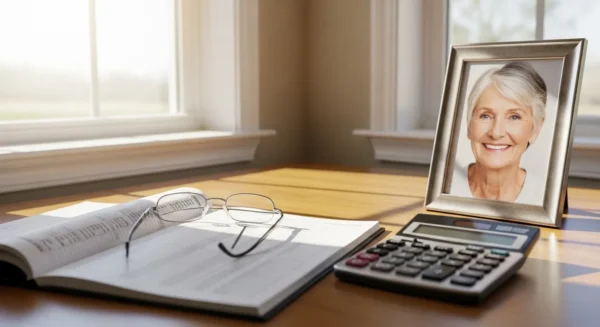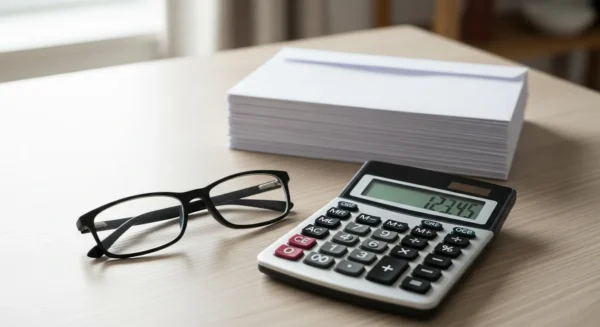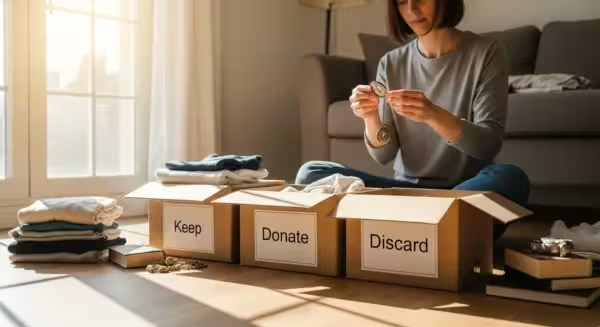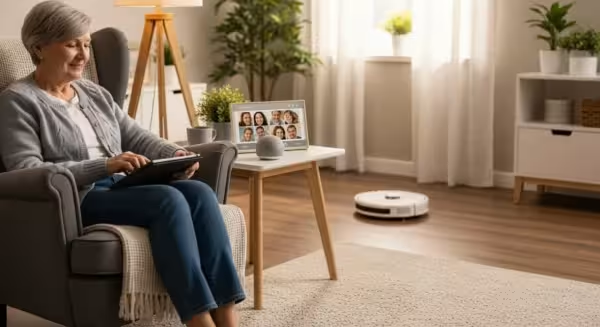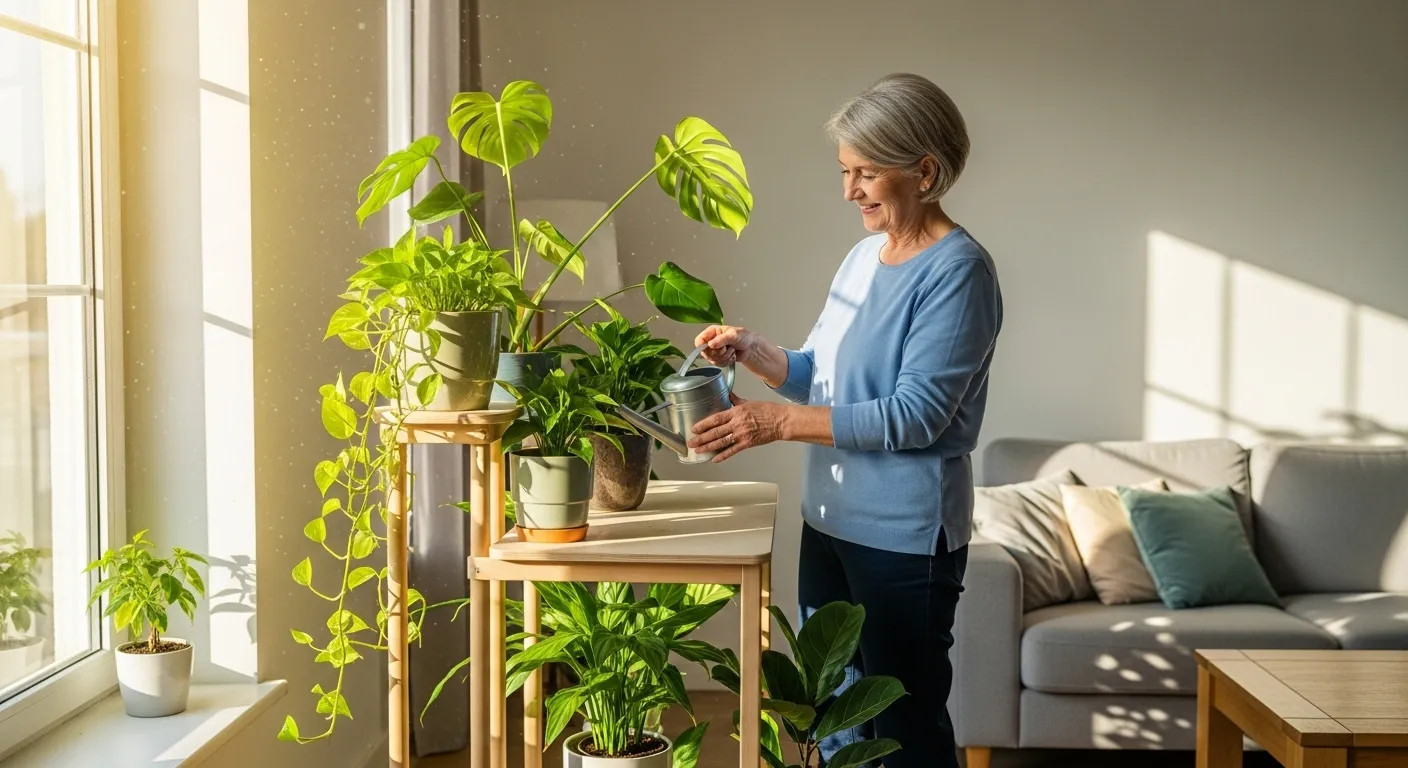
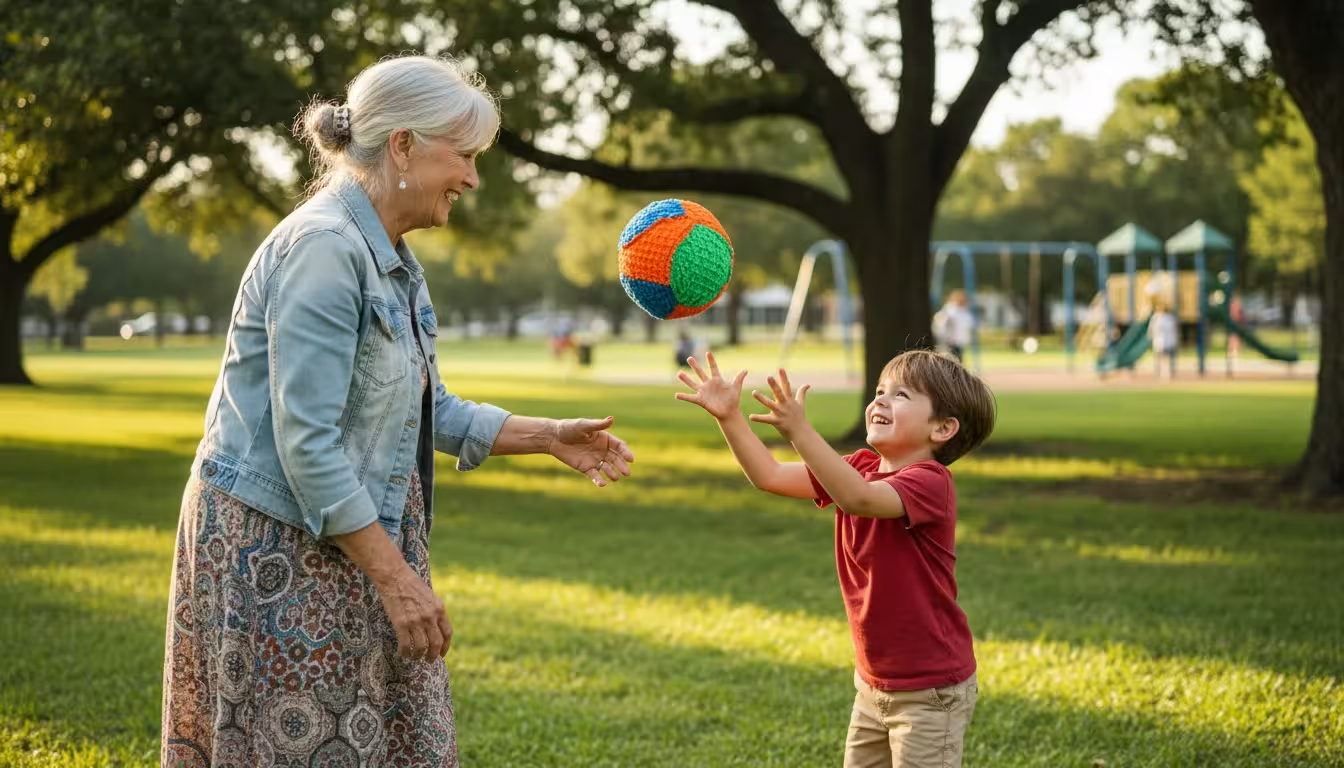
Introduction: Prioritizing Your Health with Stronger Bones
As we journey through our senior years, we often focus on heart health, memory, and mobility. But beneath it all lies the silent framework that makes everything possible: our bones. Strong, healthy bones are the foundation of an active and independent life. They allow us to walk confidently, play with our grandchildren, carry groceries, and continue enjoying the hobbies we love. Unfortunately, bone health is something many of us don’t think about until a problem arises, like a sudden and unexpected fracture.
This guide is here to change that. We’re going to talk about osteoporosis, a condition that causes bones to become weak and brittle. More importantly, we’re going to focus on the positive, practical steps you can take to protect yourself. Think of this as your friendly manual for building and maintaining a stronger skeleton. By understanding how to support your bones through nutrition, exercise, and safe daily habits, you can significantly lower your risk of fractures and continue to live a full, vibrant life. Your well-being is paramount, and taking charge of your bone health is a powerful way to invest in your future.
Important Note: This article provides general information and encouragement. It is essential to discuss your personal health plan, including any changes to your diet or exercise routine, with your doctor or a qualified healthcare provider.

Understanding the Health Benefits (and Any Risks) of Focusing on Bone Health
To understand how to protect our bones, it helps to first understand what we’re protecting them from. Osteoporosis literally means “porous bone.” If you were to look at healthy bone under a microscope, it would resemble a honeycomb, with small, dense spaces. In a bone affected by osteoporosis, those spaces become much larger, making the bone weaker, less dense, and far more likely to break.
The biggest danger of osteoporosis is the risk of fractures. For seniors, a fracture—especially of the hip, spine, or wrist—can be a life-altering event. It can lead to chronic pain, reduced mobility, and a loss of independence. Many people are unaware they have low bone density until they suffer a painful break from a minor fall or even a simple action like coughing or bending over. This is why osteoporosis is often called a “silent disease.”
The primary benefit of focusing on bone health is fracture prevention. By actively working to keep your bones strong, you are directly investing in your ability to stay mobile, safe, and self-sufficient. But the advantages don’t stop there:
- Improved Posture and Balance: Strong bones, particularly in the spine, help you stand tall and prevent the stooped posture that can sometimes develop with age. This, combined with exercises that strengthen muscles, dramatically improves your balance and reduces the risk of falls.
- Increased Strength and Stamina: The very activities that build strong bones, like walking and strength training, also build muscle and improve cardiovascular health. This means more energy for daily activities and a greater sense of well-being.
- Enhanced Confidence: Feeling physically strong and stable can have a wonderful impact on your mental and emotional health. It reduces the fear of falling and empowers you to engage more fully with the world around you.
While the goal is to be proactive, it’s also important to be cautious. The main risk associated with bone health strategies comes from doing too much, too soon, or without proper guidance. For example, starting a vigorous exercise program without building up to it could lead to injury. Similarly, taking high-dose calcium supplements without a doctor’s recommendation can sometimes cause issues like kidney stones. The key is a balanced, gradual, and physician-approved approach. Authoritative health information for seniors is provided by the National Institute on Aging (NIA) and the Centers for Disease Control and Prevention (CDC), which offer excellent resources on safe practices.
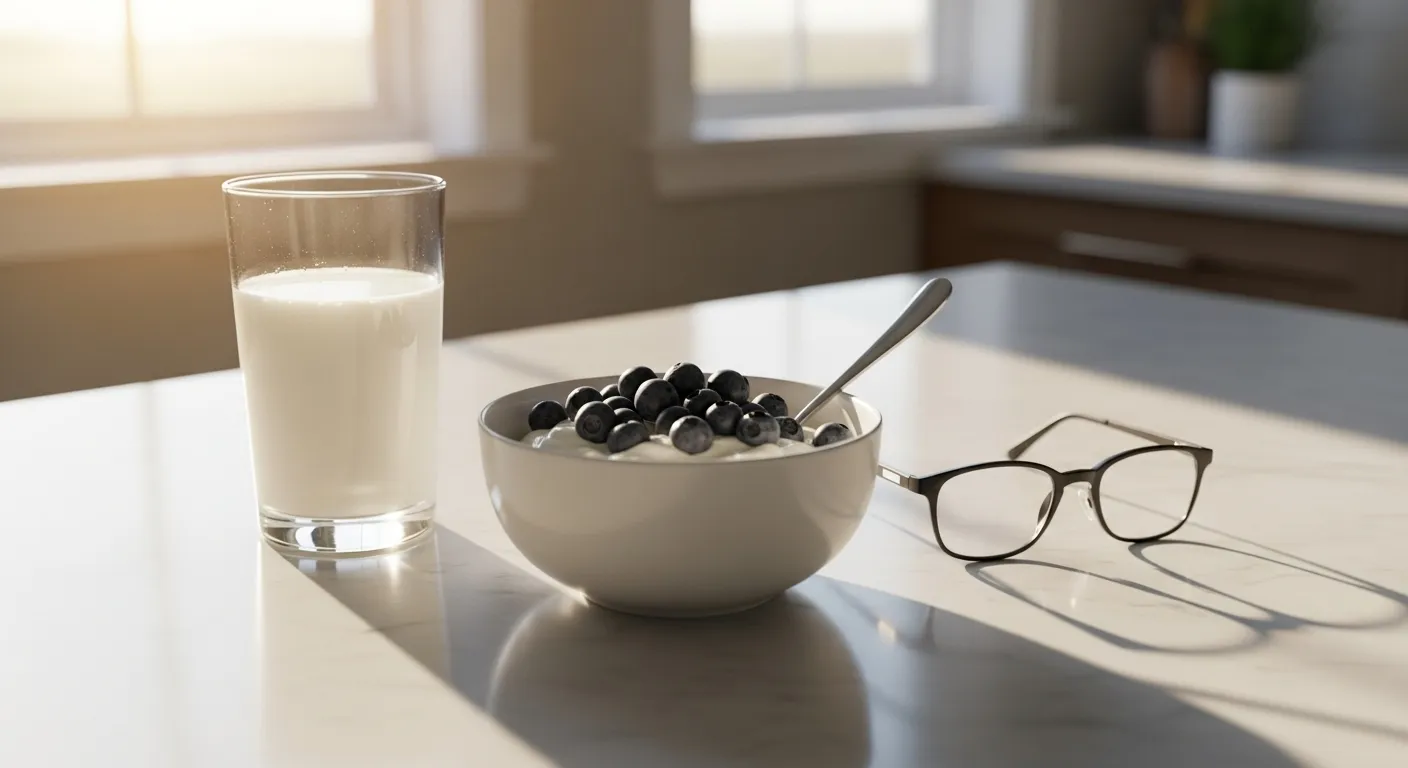
A Step-by-Step Guide to Preventing Osteoporosis Safely
Building and maintaining bone health is a three-part strategy that involves what you eat, how you move, and the lifestyle choices you make. By focusing on these areas, you can create a powerful defense against bone loss.
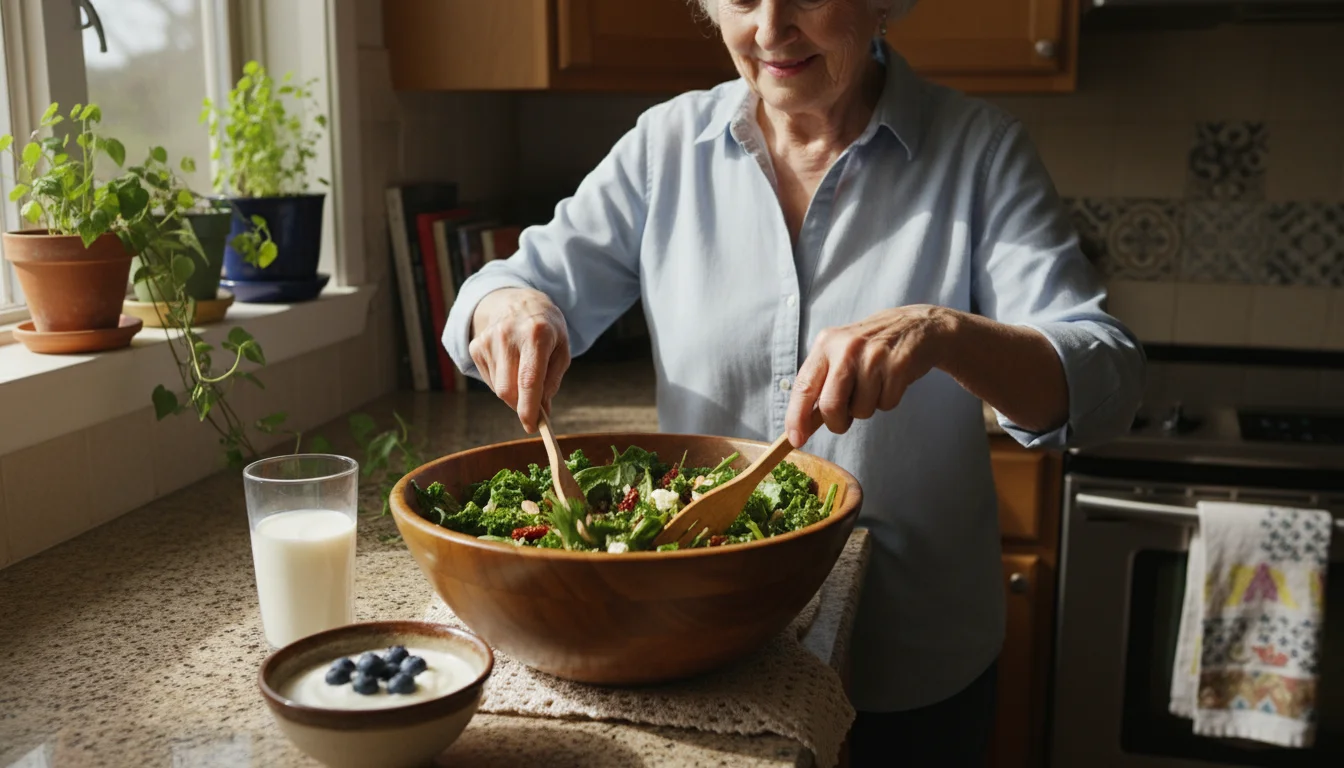
Part 1: Nourish Your Bones with a Calcium-Rich Diet
Your bones are living tissue, constantly being broken down and rebuilt. Calcium is the primary building block for this process. If you don’t get enough calcium from your diet, your body will take it from your bones, weakening them over time. Vitamin D is equally important, as it helps your body absorb that calcium. Think of Vitamin D as the key that unlocks the door for calcium to enter your bones.
Here are some of the best food sources for these vital nutrients:
- Dairy Products: Milk, yogurt, and cheese are classic calcium powerhouses. Opt for low-fat versions if you are watching your saturated fat intake.
- Leafy Green Vegetables: Collard greens, kale, broccoli, and spinach are excellent plant-based sources of calcium.
- Fortified Foods: Many foods now have calcium and Vitamin D added to them. Look for fortified orange juice, cereals, plant-based milks (like almond or soy), and tofu.
- Fatty Fish: Salmon, mackerel, and tuna are not only great for heart health but are also some of the best natural sources of Vitamin D.
- Canned Fish with Bones: Canned salmon and sardines, eaten with their soft, edible bones, are an amazing source of calcium.
While calcium-rich diets are the preferred way to get your nutrients, some people may need supplements. However, it is crucial to speak with your doctor before starting any supplement regimen. They can assess your specific needs and recommend the correct dosage to avoid any potential side effects.
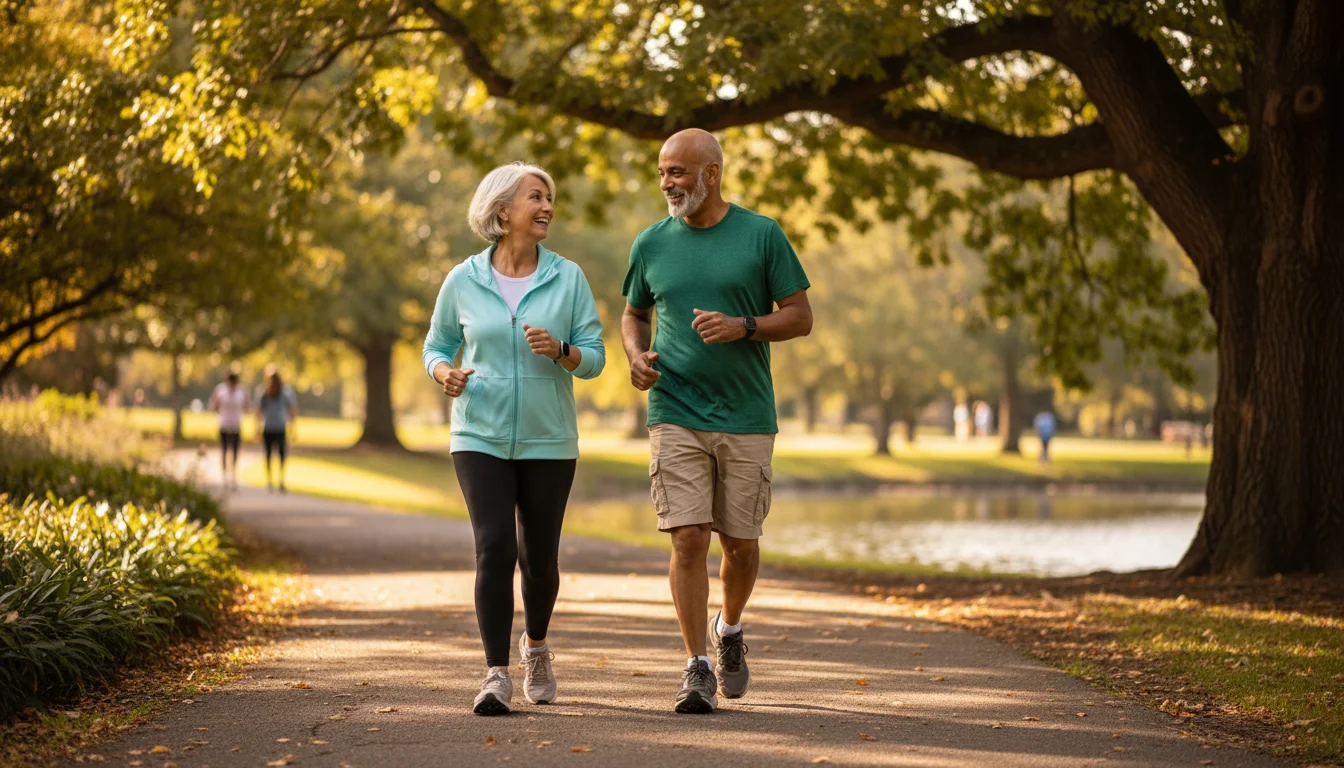
Part 2: Strengthen Your Skeleton with Senior Fitness
Exercise does more than build muscle; it tells your bones to get stronger. When you put gentle stress on your bones through physical activity, you stimulate the cells responsible for building new bone. A good senior fitness plan for bone health includes a mix of different types of exercises.
Always consult your doctor before beginning a new exercise program. Start slowly and listen to your body.
1. Weight-Bearing Exercises (Your Body Against Gravity)
These are activities where your feet and legs support your body’s weight. This “load” signals your bones to increase their density. Aim for 30 minutes on most days of the week.
- Brisk Walking: A simple, safe, and highly effective exercise.
- Dancing: Fun and great for coordination.
- Low-Impact Aerobics: Group classes can be motivating and social.
- Stair Climbing: A great workout you can do at home.
2. Strength and Resistance Training
This type of exercise involves moving your body against some form of resistance, which pulls on the bones and strengthens them. Aim to do this two to three times per week, with a day of rest in between.
- Lifting Light Weights: Start with small hand weights (1-3 pounds) and perform simple movements like bicep curls or overhead presses.
- Using Resistance Bands: These are inexpensive, stretchy bands that provide excellent resistance for leg lifts and arm exercises.
- Bodyweight Exercises: Movements that use your own body as resistance are very effective.
- Wall Push-ups: Stand facing a wall, about arm’s length away. Place your palms on the wall and slowly lean in, then push back to the starting position.
- Chair Squats: Stand in front of a sturdy chair. Slowly lower yourself as if to sit, just touching the seat before standing back up. Hold onto a table for balance if needed.
3. Balance and Flexibility Exercises
While these don’t directly build bone density, they are critical for preventing falls—the leading cause of fractures in older adults.
- Tai Chi: This gentle, slow-moving martial art is proven to improve balance and reduce fall risk.
- Standing on One Leg: Hold onto a sturdy counter or chair and try to balance on one foot for 10-15 seconds. Repeat on the other side.
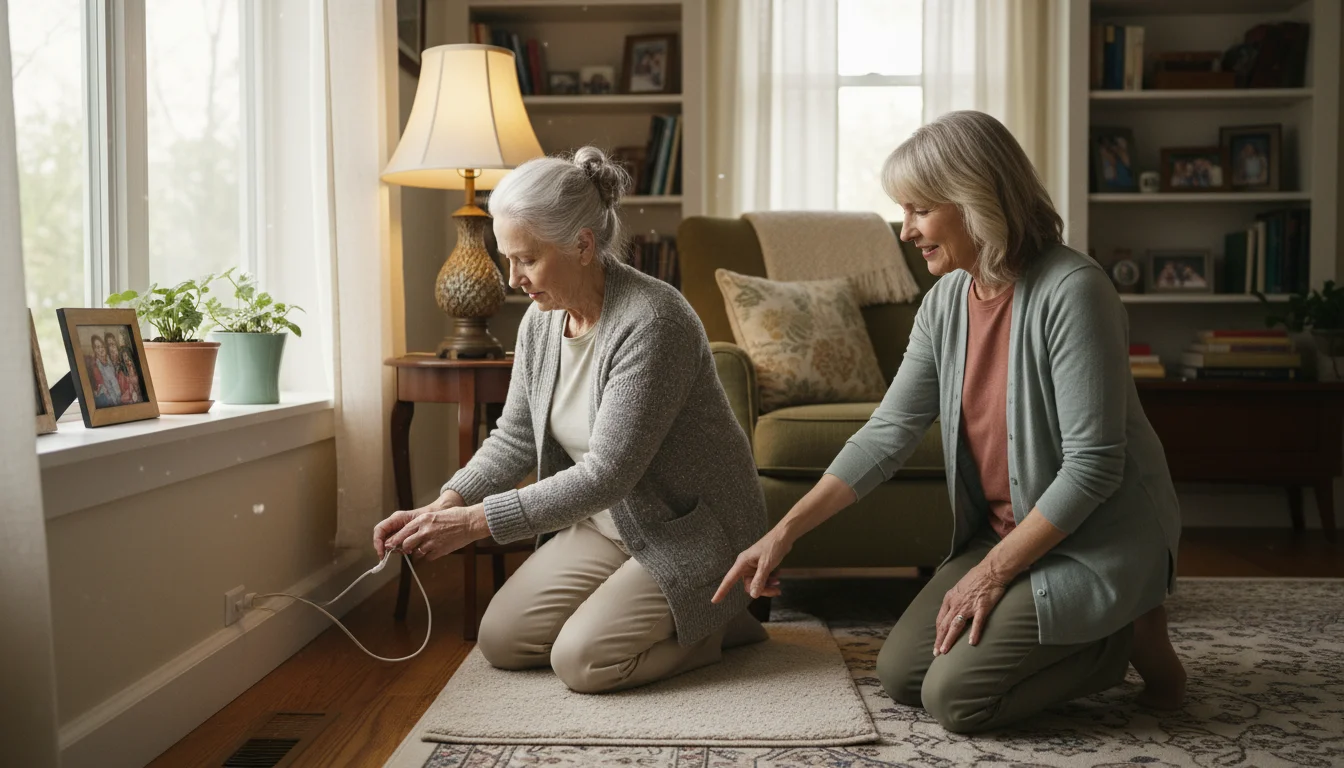
Part 3: Make Smart Lifestyle Choices
Beyond diet and exercise, certain daily habits can have a big impact on your bone health.
- Avoid Smoking: Tobacco use has been shown to interfere with the body’s ability to absorb calcium, leading to lower bone density.
- Limit Alcohol Consumption: Excessive alcohol intake can disrupt bone formation and increase the risk of falls. Health guidelines suggest no more than one drink per day for women and two for men.
- Prevent Falls at Home: Make your living space safer by removing tripping hazards like loose rugs, improving lighting, installing grab bars in the bathroom, and keeping floors clutter-free.

Key Signs It’s Time to Consult a Doctor
Because bone loss often happens without any symptoms, regular check-ins with your doctor are important. However, there are several red flags that should prompt you to make an appointment right away. Do not ignore these signs, as they could indicate significant underlying bone weakness.
Contact your physician if you experience any of the following:
- A Fracture from a Minor Incident: If you break a bone from a simple fall from standing height, a strong cough, or a minor bump, it is a major warning sign of fragile bones. This is often how osteoporosis is first diagnosed.
- Sudden, Severe Back Pain: Pain in your back that appears without an obvious injury could be a vertebral (spine) compression fracture. This happens when a bone in the spine collapses due to weakness.
- Loss of Height: Losing an inch or more of your original height can be a sign of multiple small compression fractures in your spine. Your doctor can track your height over time during annual physicals.
- Developing a Stooped Posture: A curving of the upper back, sometimes called a “dowager’s hump,” is another sign of vertebral fractures and advanced bone loss.
Additionally, you should proactively speak with your doctor about your bone health if you have known risk factors, such as a family history of osteoporosis, long-term use of steroid medications, or certain medical conditions like rheumatoid arthritis. Your doctor may recommend a bone density test, also known as a DEXA scan. This is a simple, painless X-ray that measures the mineral content in your bones and is the gold standard for diagnosing osteoporosis.
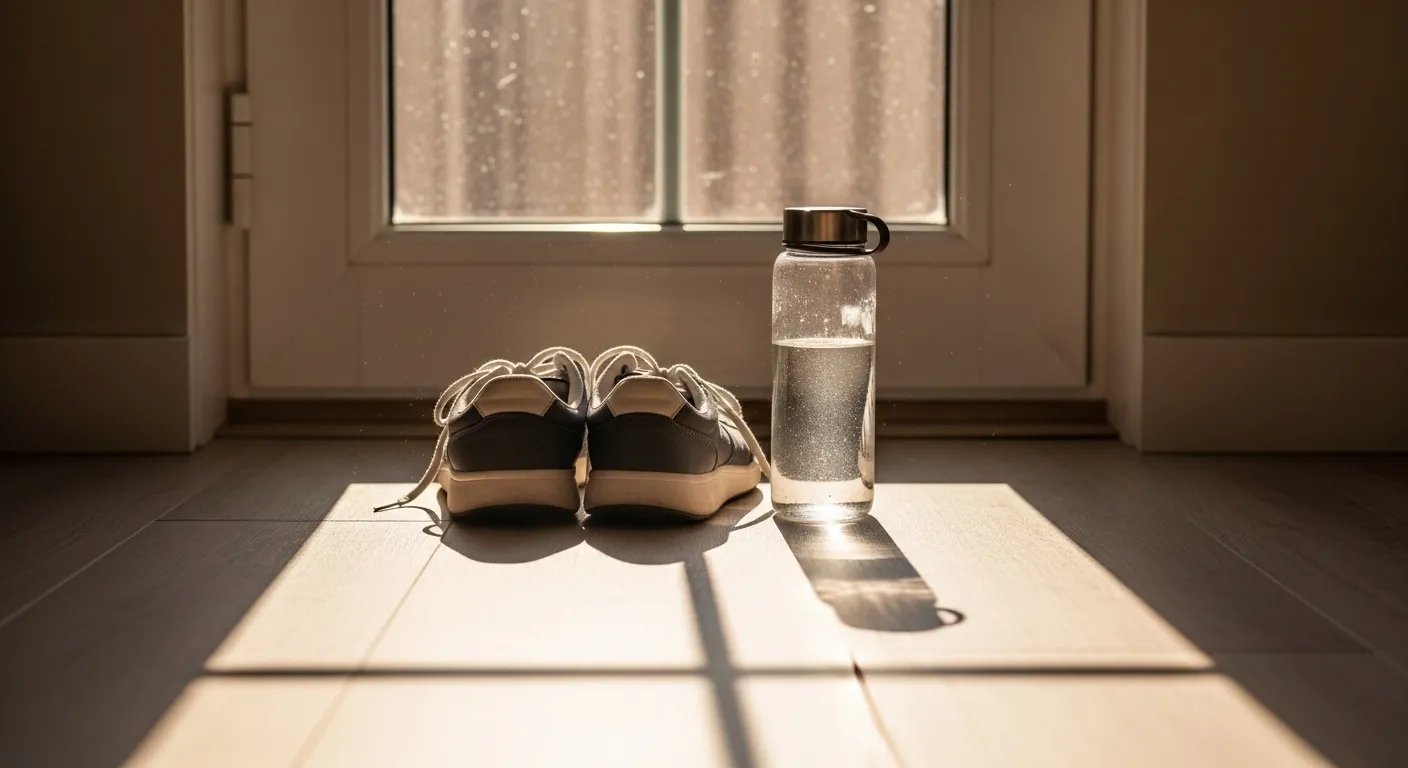
Making It a Part of Your Daily Routine
Knowing what to do is the first step; making it a consistent habit is the key to success. The best approach is to weave small, bone-healthy actions into your existing daily life. Trying to change everything at once can be overwhelming. Instead, focus on simple, sustainable additions.
Here are some practical ideas to get you started:
- Start Your Day with Calcium: Make a bone-boosting breakfast a habit. A bowl of Greek yogurt with berries, oatmeal made with fortified milk, or a smoothie with kale are all great options from our list of calcium-rich diets.
- “Snack” on Exercise: You don’t need to do your 30 minutes of walking all at once. Break it up into three 10-minute walks—one after each meal. This can also help with digestion and blood sugar control.
- Link a Habit to a Cue: Do a few chair squats or wall push-ups while the coffee is brewing or during television commercials. Linking the new habit to an existing one makes it easier to remember.
- Get Your Sunshine Safely: Spend 10-15 minutes outdoors in the morning or late afternoon sun to help your body produce Vitamin D. Be sure to follow sun safety guidelines to protect your skin.
- Schedule It In: Put your walks, strength training sessions, or Tai Chi classes on your calendar just like you would a doctor’s appointment. This treats the activity with the importance it deserves.
- Find a Buddy: Exercising with a friend, neighbor, or family member can make it more enjoyable and help keep you accountable.
Remember, consistency is more important than intensity. A short walk every day is far more beneficial for your bones than one long, strenuous workout once a week. Be patient with yourself, celebrate your progress, and focus on creating a routine that feels good for your body and mind. Dealing with any health concern can be stressful, and it’s important to look after your emotional well-being, too. For mental health support, you can consult the National Institute of Mental Health (NIMH).
Disclaimer: This article is for informational purposes only and does not constitute medical advice. The content is not intended to be a substitute for professional medical advice, diagnosis, or treatment. Always seek the advice of your physician or other qualified health provider with any questions you may have regarding a medical condition.

Frequently Asked Questions
1. How much calcium and Vitamin D do I really need each day?
According to the National Institute on Aging, women over 50 and men over 70 generally need 1,200 mg of calcium per day. For Vitamin D, adults over 70 need 800 IU (International Units) daily. However, these are just general guidelines. Your individual needs may be different based on your health, diet, and sun exposure. It’s vital to ask your doctor for a personalized recommendation.
2. Is it ever too late to start improving my bone health?
Absolutely not! While we build most of our bone mass in our younger years, you can take steps to protect your bones at any age. A healthy diet and regular exercise can help slow the rate of bone loss and reduce your risk of fractures, even if you already have osteoporosis. Every positive step you take makes a difference.
3. What is the difference between osteoporosis and osteoarthritis?
This is a very common point of confusion. Osteoporosis is a disease of the bones, where they become weak and brittle. Osteoarthritis is a disease of the joints, where the cartilage that cushions the ends of your bones wears down over time, causing pain and stiffness. While both are common in seniors, they are different conditions that require different management strategies.
4. Does Medicare cover bone density tests?
Yes, in many cases. Medicare Part B typically covers a bone density test once every 24 months for individuals who are at risk for osteoporosis. This includes women over 65, men over 70, and others with specific risk factors or conditions. As coverage details can change, it is always a good idea to confirm your specific benefits. For insurance and medical coverage questions, refer to the official source at Medicare.gov.
5. Are there side effects to taking calcium supplements?
Yes, there can be. Some people experience side effects like constipation and gas. More seriously, taking too much calcium, especially without enough Vitamin D, can increase the risk of kidney stones. This is why it is so important to get your calcium from food first and to never start taking supplements without first consulting your healthcare provider. They can ensure you are taking the right amount for your body’s needs.
|
Fact-Checked Content
Our editorial team reviews all content for accuracy and updates it regularly. Learn about our editorial process →
|

